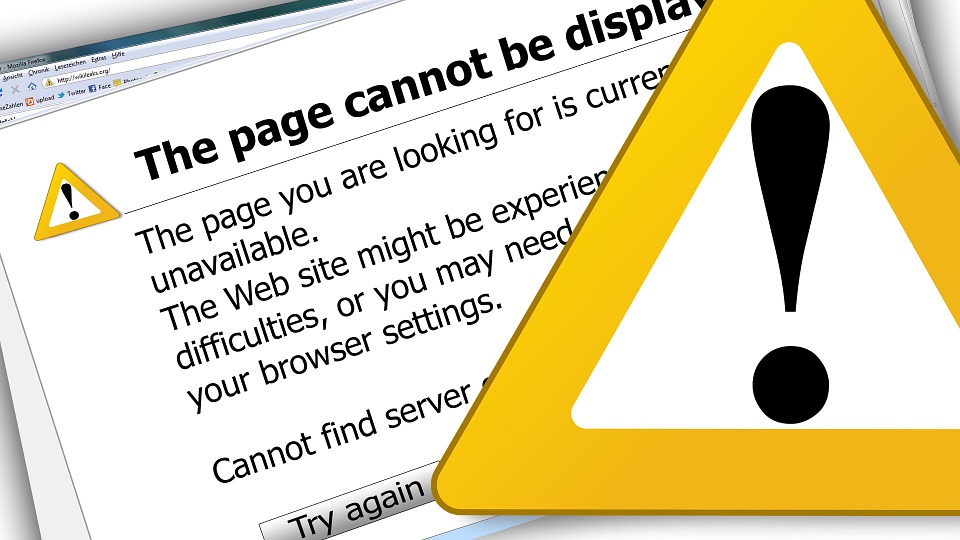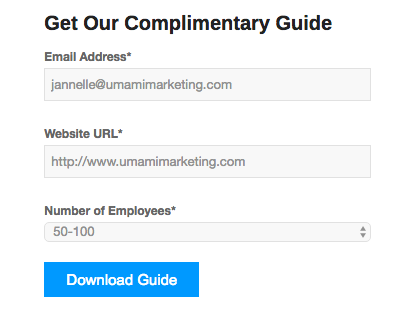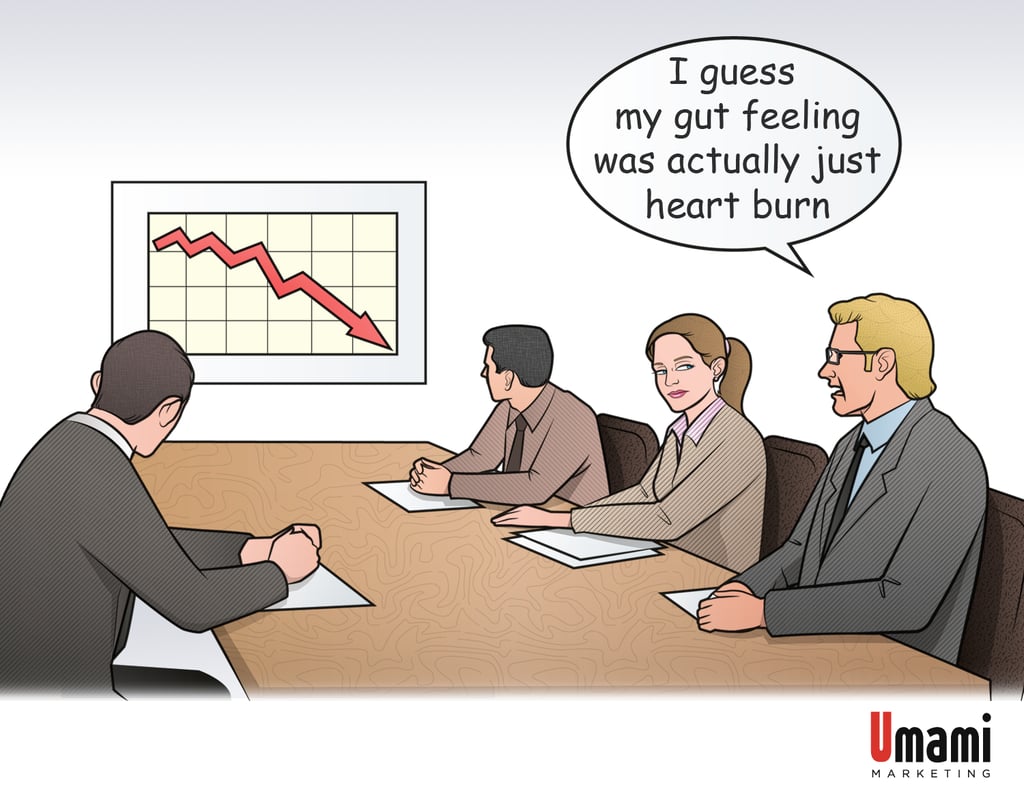We’ve put together a list of some of the most common website errors we’ve seen through our experience with technical audits and website assessments, and the steps you can take to fix them.

1. HTTP Errors
HTTP errors can be a big frustration to website visitors. We’ve all experienced them ourselves and know first hand how annoying it can be to be browsing a website and then BAM! You hit a wall with an HTTP error.
These errors are messages from the web server indicating that something has gone wrong (clearly!), and there are a few specific types that are the most common:
401 (Unauthorized) ⇒ this error happens when someone tries to access a page for which they are not authorized. You can usually fix this error by reviewing the URL of the page that is causing the error; it’s possible that the link clicked is one that is for authorized users only (for example, users who have logins with a valid user ID and password).
403 (Forbidden) ⇒ this error occurs when a server will not complete a request because a user isn’t allowed to access it. Slightly different than a 401 error, a 403 error recognizes that a user may be logged in with a valid user ID and password, but does not have authorization to access the specific page. Typically, this means the user needs to have their user account access updated by the website administrator.
404 (Not Found) ⇒ this error is one that most people see on a regular basis. A 404 error occurs when a user tries to access a webpage that doesn’t (or no longer) exists. The causes of this error could be from broken links, incorrect URLs, or a redirected page that is no longer valid. This error can easily be fixed, however, by reviewing all of these crawl errors in Google Search Console, and submitting broken link re-directs in your website’s WordPress or content management system, or having your web developers add in the redirects for you.
500 (Internal Server Error) ⇒ this error is another very common message displayed for a lot of users, and it’s pretty much just a generic error message for any type of internal server error that cannot be easily defined. This error can usually be fixed when the user refreshes their web browser (if the error is related to the server being busy and unable to process requests quickly enough), deletes their cookies, or visits the page at another time, possibly when the server isn’t so overloaded. On your end, however, you can usually troubleshoot the cause of the error through your WordPress or content management system, and follow the steps to diagnose and fix the issue.
504 (Gateway timeout) ⇒ another common one, a 504 error signifies a gateway timeout, which happens when one server did not receive a timely response from another server when it was attempting to load the page. Most of the time this issue is not the fault of a website, but there are a few ways to troubleshoot the error. If it’s a result of a corrupted database and your website is on WordPress, you can install and run a plugin like WP-DBManager to repair and optimize your database. It might also be an issue relating to your .htaaccess file within WordPress. Or you could try contacting your hosting company, to see if the issue is on their end.
2. Long Metadata
Page titles are supposed to tell visitors what the page they’re visiting is about, and that title will get cut off by most search engines and web browsers if it exceeds 70 characters. Likewise for your Meta Descriptions, the character count maxes out around 155; any words exceeding that count will be removed and replaced with a “…”, which is not as enticing for viewers to visit your site.
Luckily, there are easy fixes for both of these SEO-issues, and they involve you brainstorming to come up with keyword-rich titles and descriptions that tell a concise-yet-detailed description of what each of your pages are about.
3. Missing ALT Text on Images
Search engines process text more easily than they process images, so they will likely skip over your images if they are missing ALT text tags.
Luckily, this is another easy fix: simply filter through the images in WordPress or your other content management system and add in keyword-rich, descriptive titles to each of your website images. To make this one step easier in many content management systems, just make sure to name and save your images properly before uploading.
4. Expiring Domain Name
Search engines prefer to return results of websites that are active and long-standing. Having your domain name registered for multiple years shows a commitment to your business, your site and your content.
Review your current domain registration and renew it annually to make sure your site isn’t deemed as ‘spammy’.
5. Duplicate Page Content
Duplicated content can compete with each other on your site, and will make the search engines only return results for one of the pages, instead of all of them.
To mitigate this, make sure you are using unique metadata (titles and descriptions) for each of your pages. You can use some online tools like Siteliner, to scan your website and source out any duplicated content that can easily be edited.
6. Long Forms
If you have conversion forms set up on your website (such as: “submit your information and one of our sales reps will be in touch”), they should be concise enough that it’s not a huge hassle for your visitors to fill them out. You also don’t want to scare away potential leads by asking them too many questions, such as their address, phone number, questions about their role at work, gender, age, etc.
Since conversion forms are meant to collect only enough data to qualify leads and then for businesses to be able to get in contact with those potential leads, consider shortening your forms to only ask for the necessary information (ie: name, email address, company name, etc.).

7. Too Long on Text/Too Short on Text
This common error is one Goldilocks would understand: you don’t want too much text on your web pages and you also don’t want too little text…you want your webpage text to be just right. A wordy and busy page risks looking spammy and overwhelming to visitors, and a sparse page makes your site look unprofessional, unfinished, and having a low word count could negatively impact your SEO.
Review all page content to ensure it is keyword-rich and provides visitors with relevant, interesting information about your products or services in a well-written form. Avoid adding text just for the sake of adding it, unless it’s truly relevant to what you are trying to convey.
8. Avoiding Analytics
Your analytics account and Search Console account are a treasure chest of important information. The data that comes through those accounts should help you to understand everything you need to do or focus on to maximize your website traffic and conversion rates.
Have you experienced a sudden slowdown in website conversions? Perhaps leads through website form submissions all of a sudden grind to a halt? Accessing your website analytics can help you understand these issues, and more: perhaps a website link is broken, or your site performance is slower than normal, causing more and more people to leave your site shortly after reaching it. Or maybe a recent re-design of a landing page just isn’t working, and it would make more sense to revert back to the older, higher-converting option?

Instead of relying on gut instinct or guesswork as to what could be causing traffic slowdown on your website, a simple review of your analytics or Search Console accounts can usually point out the problem right away….and the steps listed above should help you troubleshoot and correct those issues to get your website functional, optimized, and ready for visitors once again.


